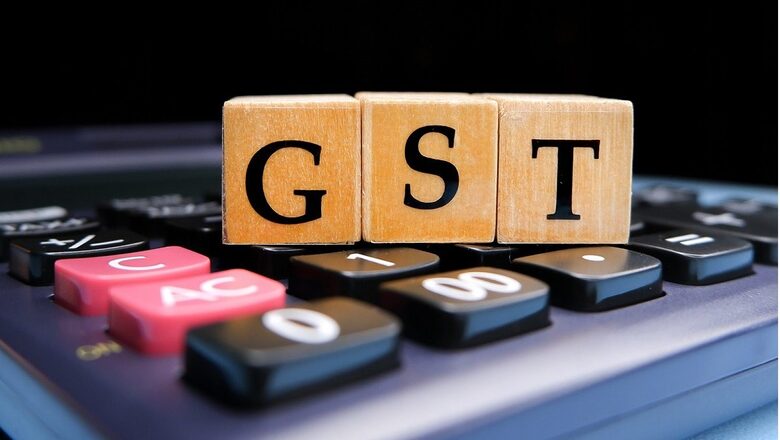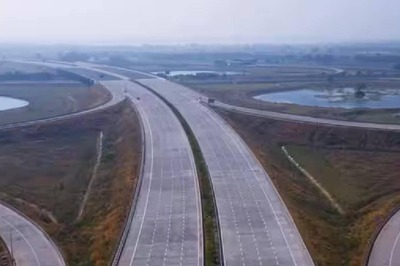
views
The 50th GST Council meeting last month witnessed several new updates and changes to the GST law. In addition to various decisions taken in regard to the GST rates on goods and services, the Council also deliberated the matter of the taxability of GST on casinos, online gaming, and horse racing. Further, the Council recommended new changes to the GST law for streamlining GST compliance, specifically proposing the implementation of the DRC-01 forms for differences between the GST returns.
Of these forms, a new notification released this month proposed to amend the Central Goods and Services Tax (CGST) Rules with one specific new form called DRC-01C. Here’s what this new form entails and how it will impact your business.
New Form DRC-01C for differences between the GSTR-2B and GSTR-3B
Central Tax Notification 38/2023 proposed the insertion of a new Rule 88D to determine how input tax credit (ITC) differences in the GST returns will be dealt with. According to the new rule, when the amount of ITC availed in the GSTR-3B exceeds the amount of ITC available in the GSTR-2B, by such amount or percentage notified by the government, an auto-generated intimation will be sent to the concerned taxpayer. This intimation will be sent in Form DRC-01C.
The taxpayer can respond to the intimation in two ways
- The first option allows them to pay an amount equal to the excess ITC claimed in GSTR-3B, along with interest payable under Section 50. This will need to be paid using Form GST DRC-03.
- The second option is to explain the reasons for the difference in ITC on the GST portal.
It is important to note that irrespective of which action the taxpayer chooses to undertake, they are compelled to furnish a reply using Part B of the same Form DRC-01C, and they will need to reply within a period of seven days. If the taxpayer fails to respond or if the response is not found acceptable by the tax officers, the department may initiate demand and recovery proceedings under the GST law.
What does this new change in the law mean for taxpayers?
Form DRC-01C is not the first form for auto-intimating GST taxpayers for return mismatches. A few months ago, the government introduced a similar Form DRC-01B for differences between the GSTR-1/IFF and the GSTR-3B. DRC-01C is a similar form and impacts taxpayers who are not cautious about reconciling their input tax credit each month before filing their GSTR-3B.
Receiving an intimation in Form DRC-01C can be detrimental to taxpayers for several reasons
- In most cases, the intimation in Form DRC-01C is accompanied by a demand notice for the difference in ITC claimed, along with interest payable under Section 50, unnecessarily impacting a business’s cash flows.
- By not reconciling their input tax credit and communicating with vendors in time, taxpayers will receive an intimation for the differences between the GSTR-2B and GSTR-3B, even though it may sometimes be the fault of the vendors for not uploading invoices.
- If the taxpayer does not respond within seven days, it could lead to demand and recovery proceedings being initiated under the GST law, causing undue stress and unbudgeted expenditure for the enterprise.
This introduction of the new Form DRC-01C highlights the need for timely reconciliations and proactive vendor communication, tasks that can easily be carried out with automated GST filing solutions. Automated return scrutiny pushes for proactive rather than reactive compliance. Failure to detect mismatches in time will only result in detrimental effects on the business. Automated solutions offer options such as data auto-population, one-click reconciliations and GST filings, thereby eliminating manual intervention and human errors.
New e-way bill rules for intra-state movement of certain goods
In another move, the CBIC has announced that the generation of Part A of e-way bills will henceforth be mandatory for transporting gold and precious stones within a state or Union Territory in India. As per the notification, this requirement will apply only when the value of the consignment exceeds Rs.2 lakh. However, it is at the discretion of the Commissioner of State tax or Union Territory tax to fix the threshold limit.
In the case where the goods are supplied through an e-commerce operator or a courier agency, then the information in Part A of FORM GST EWB-01 may be furnished by the e-commerce operator or courier agency. There is no requirement to generate Part B (transporter details) of the e-way bill.
Further, the e-way bill need not be generated when the goods are transported from a customs port, airport, land customs station, or air cargo complex to a container freight station or an inland container depot for clearance by Customs. This also covers situations where goods are being transported under a customs bond and includes transport from one customs station or port to another customs station or port, or under customs supervision or under a customs seal.
(Archit Gupta is founder and CEO of Clear, formerly known as Cleartax)




















Comments
0 comment